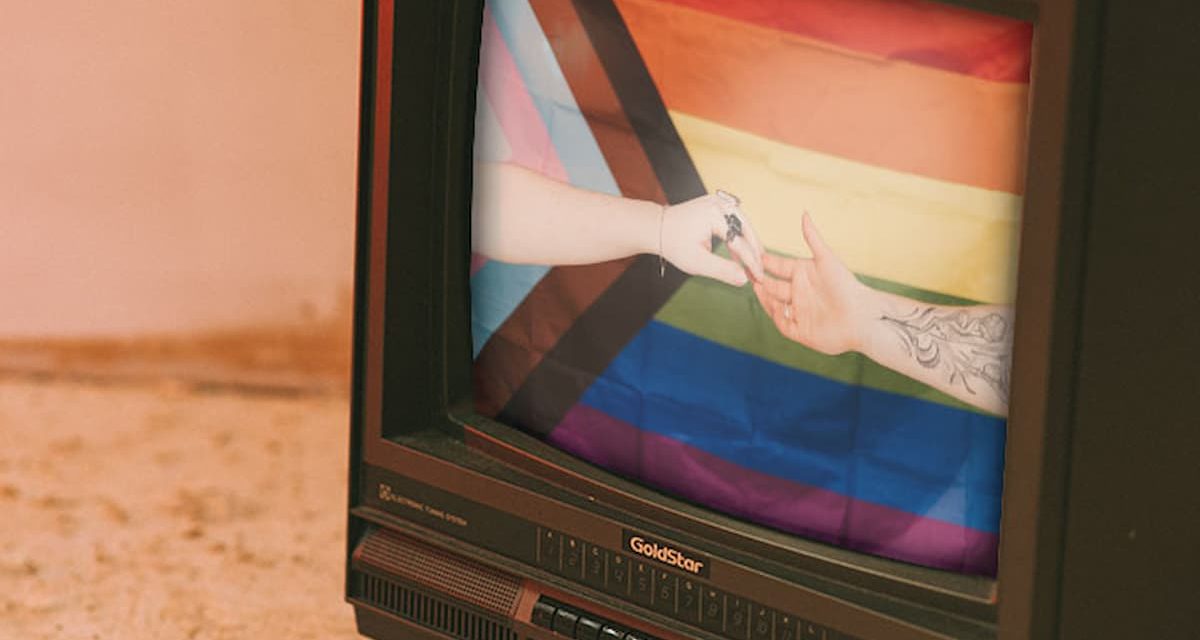Like so many, every Sunday I sit down on the couch to watch the newest episode of House of the Dragon. I am a big fan of the original series except for, of course, that oh so unfortunate final season.
Yet I returned to Westeros—the fictional continent where most of the original Game of Thrones series took place–with zero hesitation. I willingly embarked on a journey filled with dragons, sex, and of course death. Lots and lots of death.
It is the death of one insignificant character that caught my attention and, apparently, the attention of queer outlets left and right. From Advocate to PinkNews, many published articles accuse House of the Dragon of an infamous TV trope: Bury Your Gays.
Understanding Bury Your Gays
Death, especially in a universe like Westeros, is quite common. But it’s the reason why LGBTQ+ characters are killed off that has many folks irked.
This trope is known as “bury your gays,” and TVTropes.org captures it perfectly: “The problem isn’t merely that gay characters are killed off; the problem is the tendency that gay characters are killed off in a story full of mostly straight characters, or when the characters are killed off because they are gay.”
TropeTV further explains that “bury your gays” is the tendency to feature deaths of LGBT characters viewed as “more expendable than their heterosexual counterparts.”
Back to House of the Dragon
In episode five, the central character in House of the Dragon, Princess Rhaenyra, partakes in a purely political marriage, while she and her groom carry on affairs of their own. Her new husband’s affair is with a man, Sir Joffrey, The princess’s lover, Christian, decides to murder her husband’s lover in the midst of the show marriage.
I sighed as I watched the bloody scene play out. Until his death, Joffrey’s few scenes in the show centered around his queerness. In addition, Joffrey’s character appears to be “made gay” to contrast with the pure, heterosexual Ser Christian Cole, who also swore a vow of celibacy before engaging in his affair with the princess.
Because Joffrey was painted in such a gross, negative light, very few viewers cared about his death. And his death felt connected to his queerness.
The LGBTQ+ Graveyard Is Getting Crowded
In so many ways queer representation in television has never been better. Yet far too often queer characters exist not to fulfill their own purpose, but for the same purpose as Joffrey: to suffer and eventually die for the sake of the heterosexual protagonist’s development.
House of the Dragon is but one example of “bury your gays” TV history:
• The early 2000’s hit Buffy the Vampire Slayer was accused of burying its gays when it killed lesbian witch Tara Maclay. Her death set off a massive chain of events that would define the rest of the series by largely straight characters.
• Supernatural fan favorite Castiel is dragged to “super hell” after confessing his love for Dean. Why? Because he was only allowed to remain on Earth until he experienced true happiness. His confession of queer love literally killed him and served as a significant moment of sadness and growth for Dean.
• I remember vividly my disappointment and anger when in the CW’s The 100, fan favorite and kickass lesbian Lexa is killed right after sleeping with Clarke, the series’ protagonist, for the first time. Lexa had just reached the apex of happiness and fulfillment only to be immediately killed.
On and on the list goes. From Jane the Virgin, to Chicago Fire, to Orange Is the New Black, queer characters are killed in often brutal, violent ways that feel more like a spectacle than plot development.
The Representation Queer People Deserve
As a queer person, I am so grateful for all the wonderful examples of representation we see in television today. Many shows have done it right (Schitt’s Creek, Netflix’s Atypical, and even Grey’s Anatomy).
So what exactly does doing it right look like? A positive coming out experience. Existing not for the sole purpose of being queer. Well-developed story lines. And plot lines that aren’t based in the straight protagonist’s character development.
It looks like existing not despite of one’s queerness, but alongside with it. ▪


